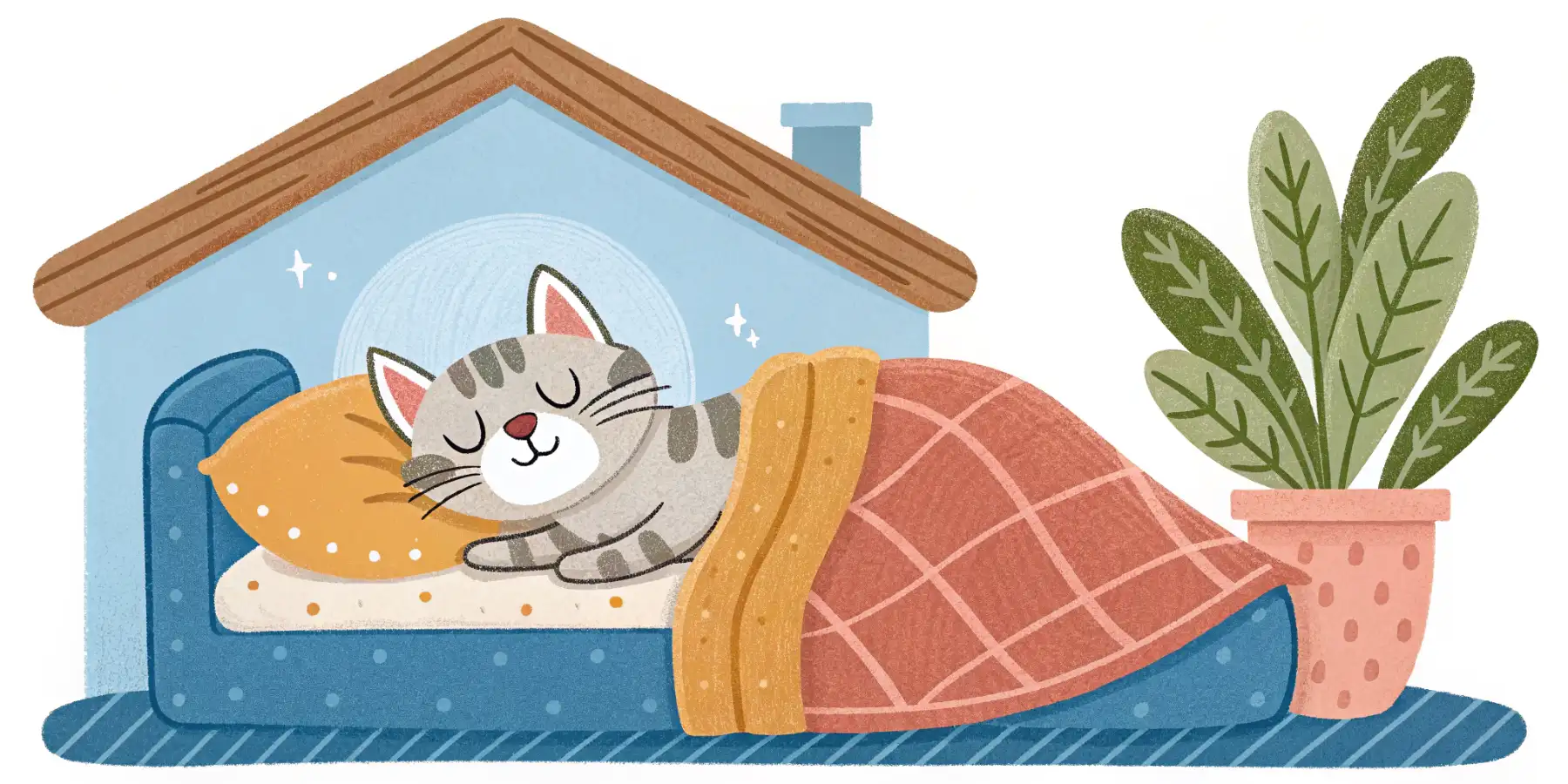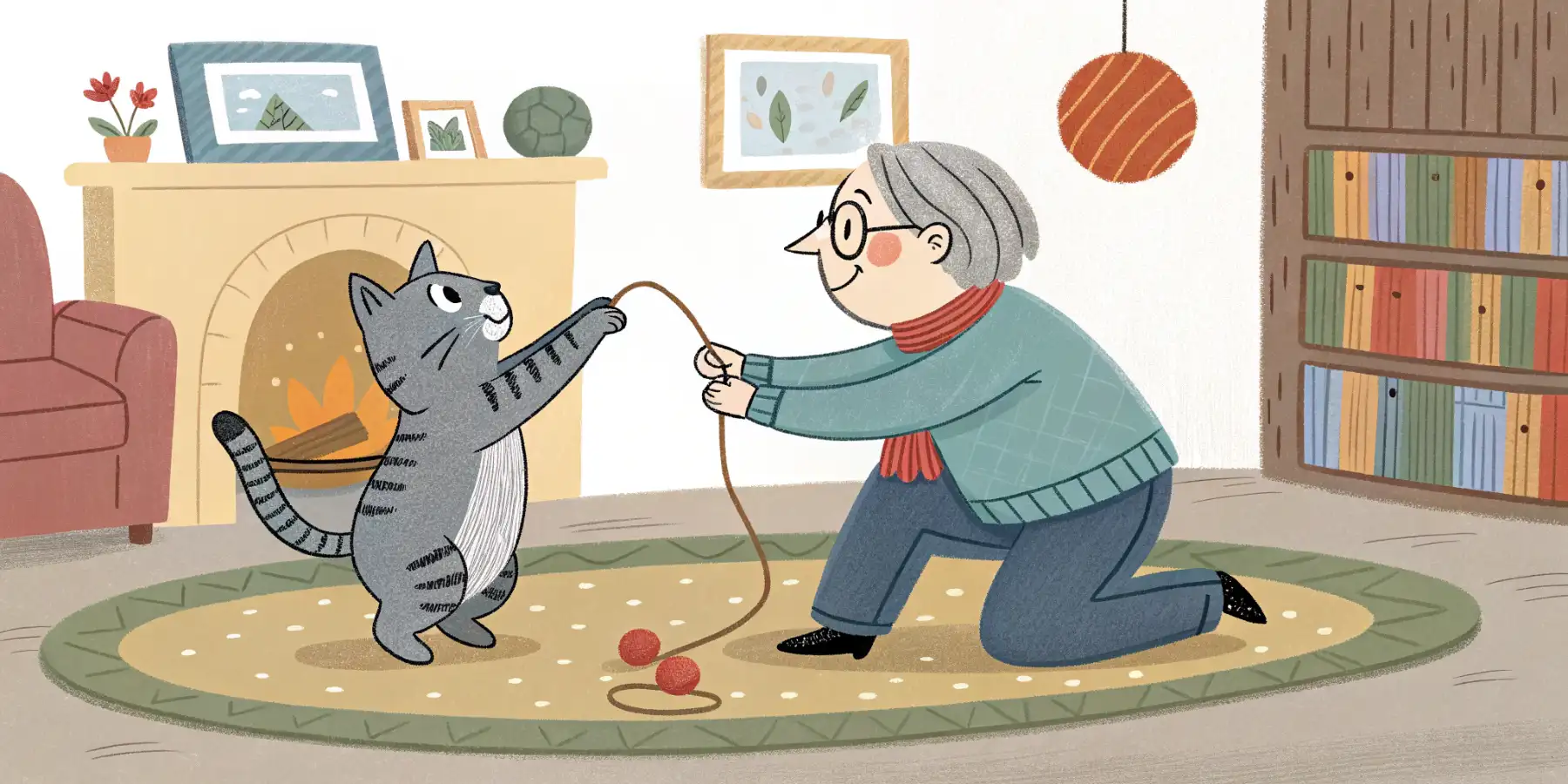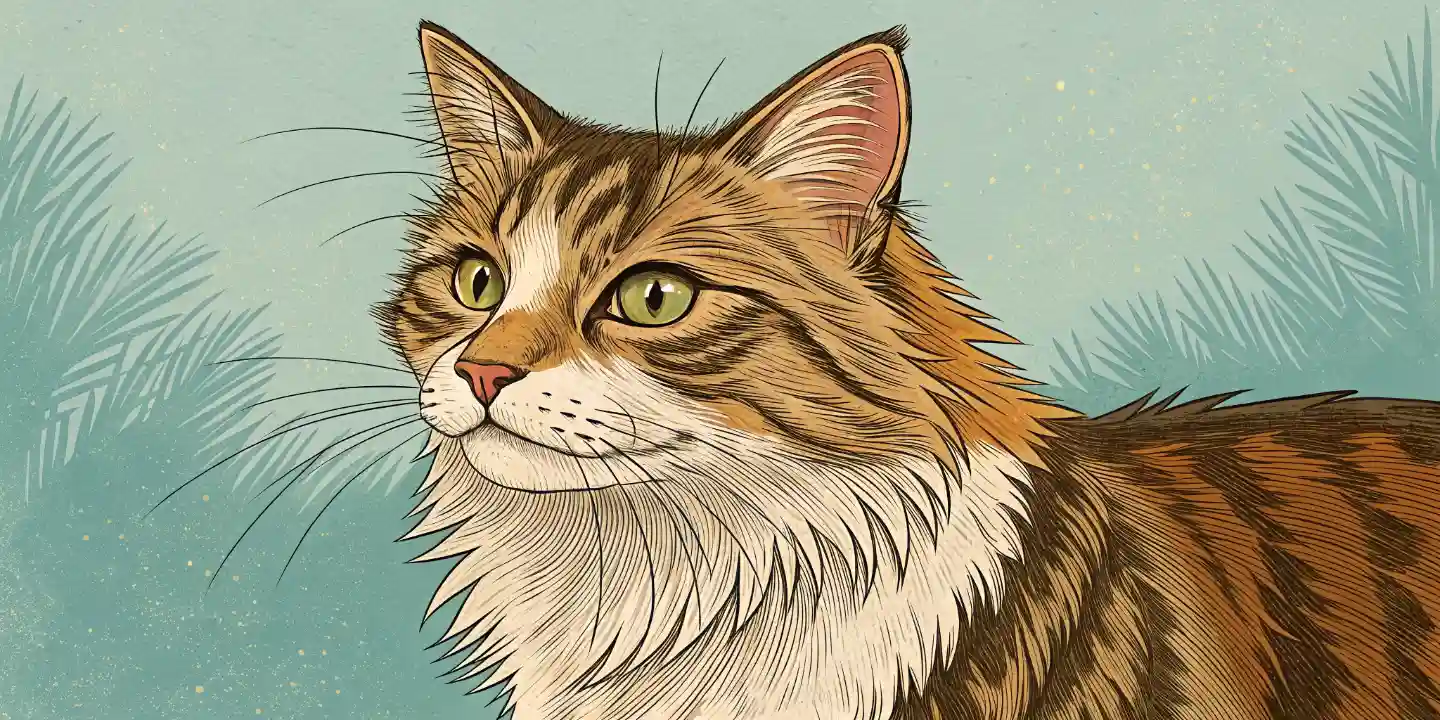
Senior Cat Grooming: Easy Coat Care Tips
Senior cat grooming got tough? 😿 Easy coat care tips to help your aging feline stay comfy & mat-free! ❤️
Changes in Grooming Habits: Assisting Your Senior Cat with Coat Care
As our feline friends gracefully age, their needs inevitably change. Just like us, senior cats experience physical limitations that can impact their daily routines, including grooming. You might notice your once meticulous cat developing mats, a dull coat, or even neglecting grooming altogether. Understanding these changes and providing the right support is crucial for maintaining your senior cat’s health and well-being. This article will guide you through common changes in senior cat grooming habits and offer practical tips on how to help your aging companion stay clean and comfortable.
Why Senior Cats Need Extra Grooming Assistance
Several factors contribute to the decline in grooming habits among senior cats. Arthritis, a common ailment in older felines, makes it painful for them to reach certain areas of their body, particularly their back, hips, and tail. Dental disease can also make grooming uncomfortable, as a painful mouth can deter them from using their tongue and teeth effectively. Furthermore, cognitive decline can lead to a decreased interest in self-grooming. Sometimes, they simply forget or lack the motivation to groom.
In my experience, owners often misinterpret a lack of grooming as mere laziness, when in reality, it’s often a sign of underlying pain or discomfort. Therefore, it’s essential to consult with your veterinarian if you notice a sudden change in your cat’s grooming habits. Early diagnosis and treatment of age-related conditions can significantly improve their quality of life and make grooming easier.
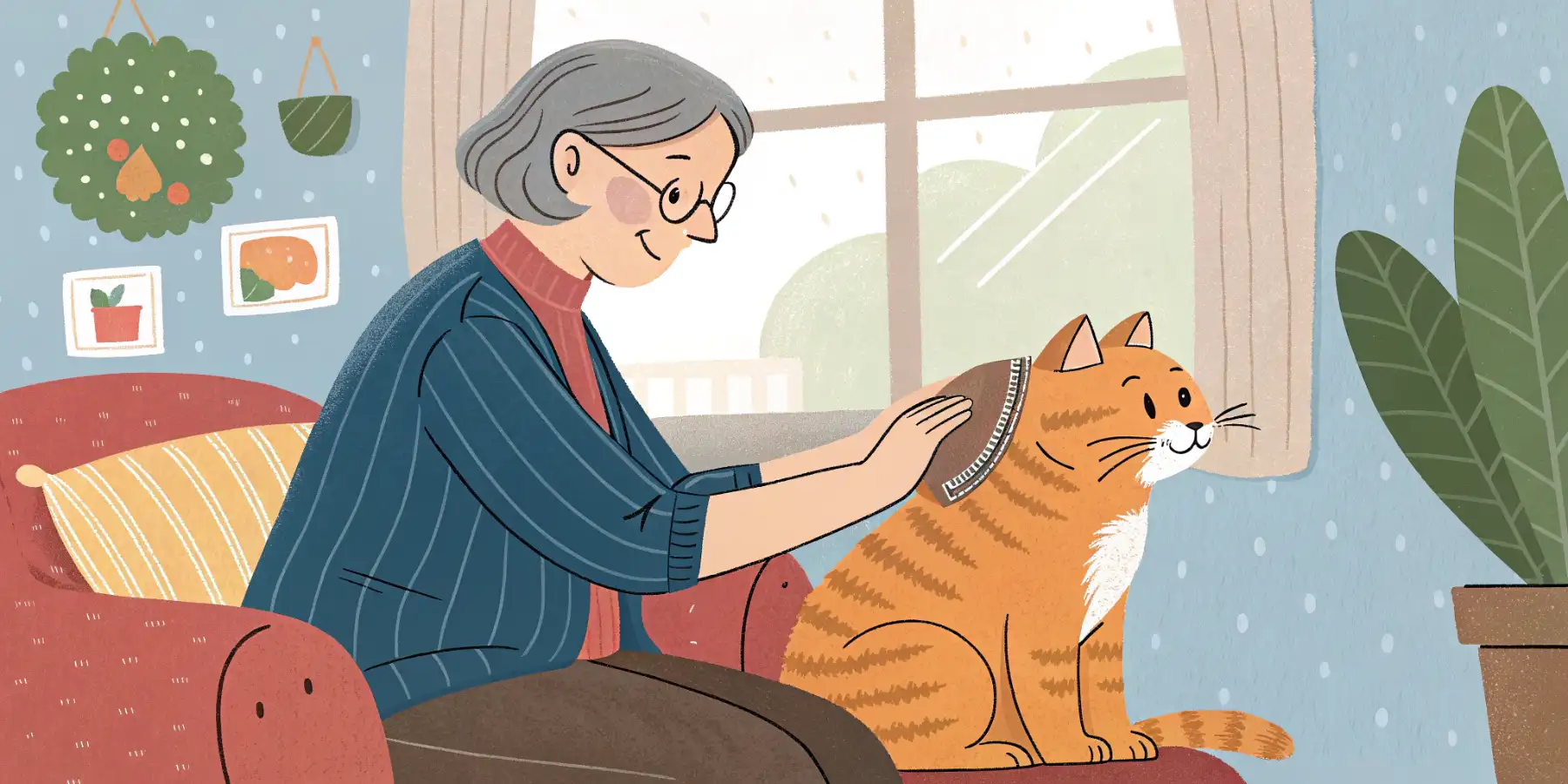 A senior cat enjoys a gentle brushing session, helping to maintain a healthy and mat-free coat. Regular brushing is essential for senior cat grooming.
A senior cat enjoys a gentle brushing session, helping to maintain a healthy and mat-free coat. Regular brushing is essential for senior cat grooming.
Common Coat Problems in Senior Cats
Neglecting grooming can lead to several coat problems in senior cats:
- Mats and Tangles: These are particularly common in long-haired breeds. Mats can be painful and restrict movement, and they can even lead to skin infections. Learning how to remove mats from cat hair safely is important.
- Dull Coat: A lack of grooming can result in a buildup of dead hair and skin cells, making the coat appear dull and lifeless.
- Greasy Fur: Some senior cats develop a greasy coat, especially along their back. This is often due to a decreased ability to distribute natural oils evenly.
- Increased Shedding: While cats naturally shed, decreased grooming can lead to an accumulation of loose hair that eventually falls out in clumps. This creates more work for you in terms of cleaning and vacuuming cat hair!
Practical Tips for Assisting with Grooming
Fortunately, there are many things you can do to help your senior cat maintain a healthy and comfortable coat:
- Regular Brushing: This is arguably the most important aspect of senior cat grooming. Brush your cat daily, or at least several times a week, using a soft-bristled brush. This will remove loose hair, prevent mats, and stimulate blood circulation. Pay close attention to sensitive areas and adjust your technique accordingly.
- Gentle Combing: Use a wide-toothed comb to gently work through any tangles. If you encounter a mat, try to gently tease it apart with your fingers or a mat splitter tool. Never pull on a mat, as this can be very painful for your cat.
- Spot Cleaning: Use a damp cloth to gently wipe down your cat’s coat, focusing on areas that tend to get greasy or dirty. You can also use a pet-safe grooming wipe.
- Occasional Bathing: While cats are generally self-cleaning, senior cats may benefit from an occasional bath, particularly if they have a greasy coat or are unable to clean themselves properly. Use a cat-specific shampoo and lukewarm water. Be sure to dry your cat thoroughly afterwards to prevent chills.
- Nail Trimming: Senior cats may be less active, leading to overgrown nails. Trim your cat’s nails regularly to prevent them from getting snagged or causing injury.
- Professional Grooming: If you are unable to groom your cat yourself, consider taking them to a professional groomer who has experience with senior cats. They can provide specialized care, such as mat removal and sanitary trims. Many groomers offer in-home services to minimize stress for your cat.
- Consider a Lion Cut (If Necessary): In severe cases of matting or neglect, your veterinarian might recommend a lion cut. This involves shaving the cat’s body, leaving the mane and tail tip intact. While it may seem drastic, it can provide significant relief for cats with severely matted coats. However, this should always be done by a professional, and only when necessary.
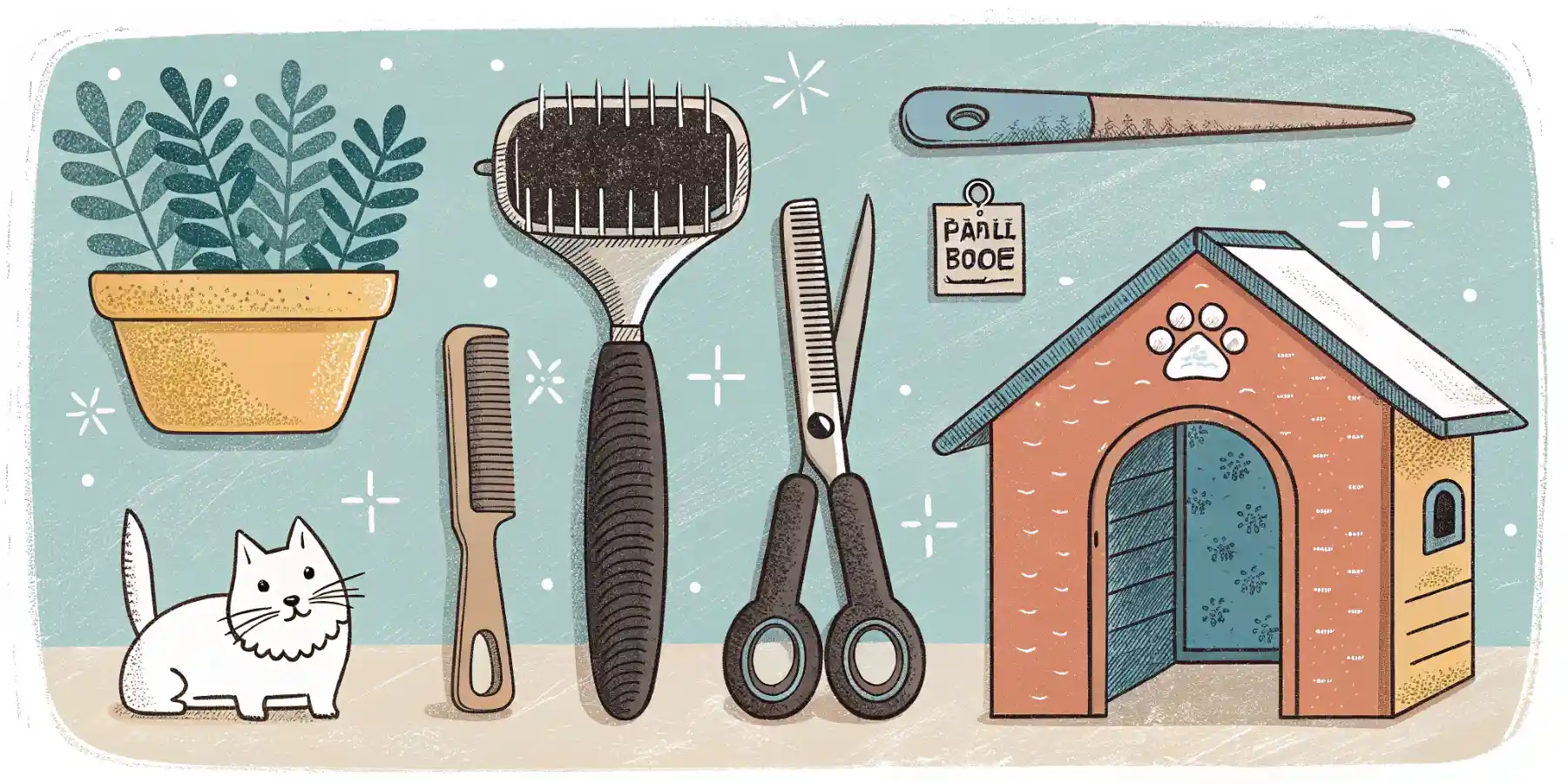 Essential cat grooming supplies include a soft brush, a wide-toothed comb, and nail clippers. These tools will help you maintain your senior cat’s coat and overall hygiene.
Essential cat grooming supplies include a soft brush, a wide-toothed comb, and nail clippers. These tools will help you maintain your senior cat’s coat and overall hygiene.
Making Grooming a Positive Experience
Grooming should be a positive experience for your senior cat. Here are some tips to make it more enjoyable:
- Choose a quiet and comfortable environment.
- Start slowly and gradually increase the duration of the grooming sessions.
- Use gentle and reassuring tones.
- Offer treats and praise throughout the session.
- Stop immediately if your cat becomes stressed or uncomfortable.
- Learn your cat’s “happy places” - some cats love having their chin or cheeks scratched, while others enjoy a gentle back rub.
Dietary Considerations for a Healthy Coat
A healthy diet plays a vital role in maintaining your senior cat’s coat. Ensure that your cat is eating a high-quality food that is appropriate for their age and health condition. Look for foods that are rich in omega-3 and omega-6 fatty acids, which can help improve skin and coat health. In some cases, your veterinarian may recommend supplementing your cat’s diet with fish oil or other supplements. Consider a diet rich in biotin for cats.
When to Consult Your Veterinarian
As I mentioned before, it’s crucial to consult your veterinarian if you notice any sudden or significant changes in your senior cat’s grooming habits. This could be a sign of an underlying medical condition that requires treatment. Your veterinarian can also provide advice on the best grooming practices for your cat’s individual needs. Don’t hesitate to ask them about specific products or techniques that might be helpful. Remember, early detection of medical issues impacting grooming can greatly improve your cat’s quality of life.
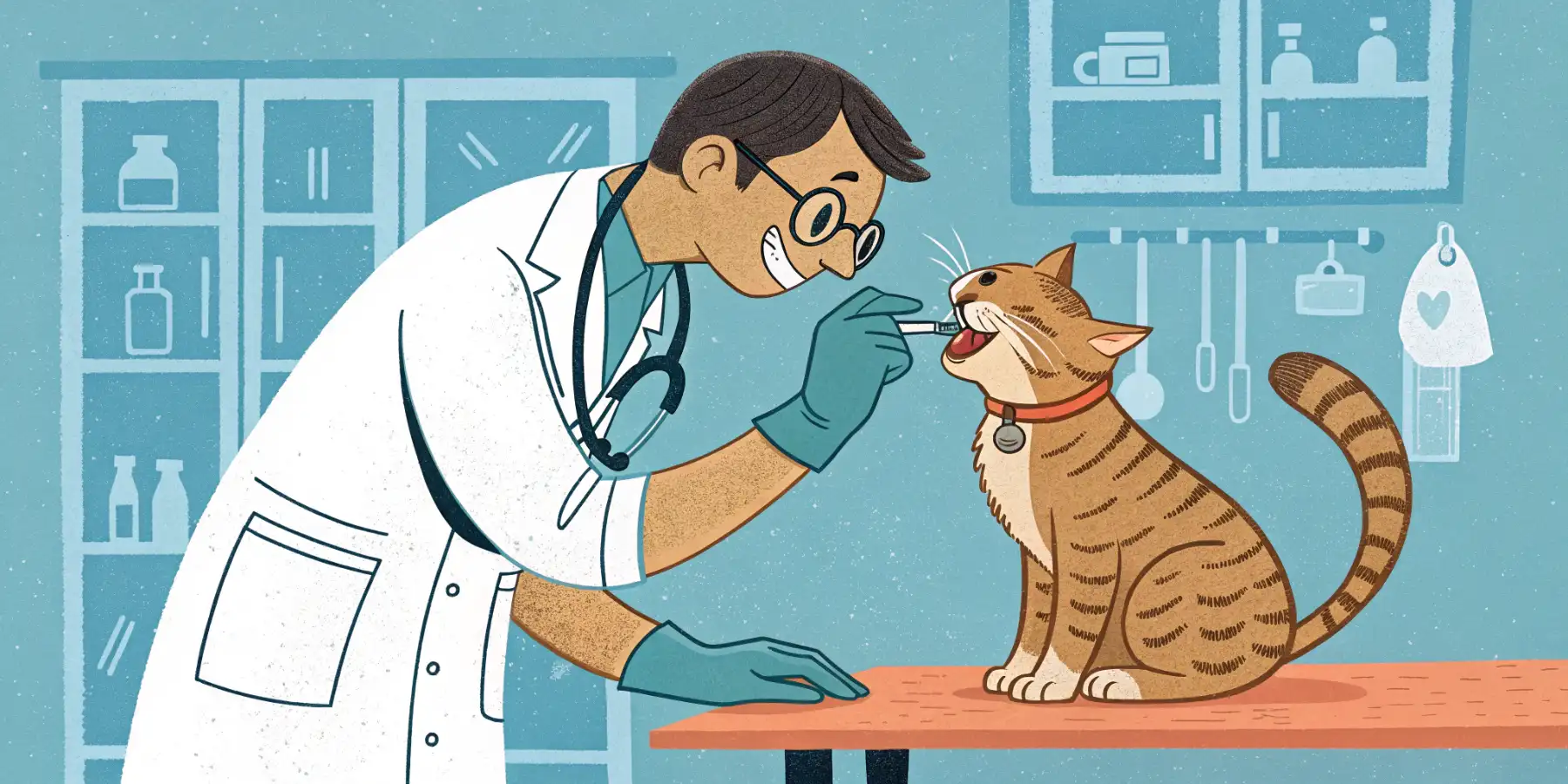 A veterinarian examines a senior cat’s teeth. Regular checkups and dental care are essential for maintaining your senior cat’s overall health and grooming habits.
A veterinarian examines a senior cat’s teeth. Regular checkups and dental care are essential for maintaining your senior cat’s overall health and grooming habits.
Final Thoughts
Caring for a senior cat requires patience, understanding, and a willingness to adapt to their changing needs. By providing extra grooming assistance and paying close attention to their overall health, you can help your feline friend maintain a healthy and comfortable coat, improve their quality of life, and strengthen your bond. Remember that even small adjustments to your grooming routine can make a big difference in your senior cat’s well-being.
